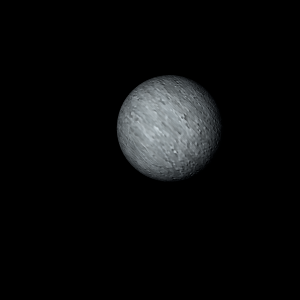|
|
Space Astro
|
Info for exoplanet "Pyumyunya-chu"
| Scientific (actual) data |
|---|
| Name | HATS-29 b |
| Planet status | Confirmed |
| Planet mass | 0.653 |
| Radius | 1.251 |
| Orbital period | 4.60588 |
| Semi major axis | 0.05475 |
| Orbit eccentricity | 0.079 |
| Inclination | 87.37 |
| Discovered | 2016 |
| Updated | 2016-07-28 |
| Tzero tr | 2457030 |
| Impact parameter | 0.502 |
| K | 78.4 |
| Publication | Published in a refereed paper |
| Detection type | Primary Transit |
| Mass measurement type | Radial Velocity |
| Radius measurement type | Primary Transit |
| Star name | HATS-29 |
| Right ascension | 285.1° |
| Declination | -54.89° |
| Mag v | 12.6 |
| Star distance | 351 |
| Star metallicity | 0.16 |
| Star mass | 1.032 |
| Star radius | 1.073 |
| Star sp type | G |
| Star age | 5.5 |
| Star temperature | 5670 |
| Star alternate names | 2MASS 19002314-5453354, GSC 8763-00475 |
| Wikipedia article | HATS-29 b |
Back
| |
| Fictional info (?) |
|---|
| Suggested name | Pyumyunya-chu |
| Planet type | Hot gas giant |
| When viewed from Earth, this proximity to HATS-29 means the planet can only be seen near the western or eastern horizon during the early evening or early morning.
Its north and south poles, therefore, lie where most other planets have their equators. |
| Atmosphere | Xenon | 99% |
| Carbonyl sulfide | 0.68% |
| Atmospheric pressure | 19 bar |
 |
| No known satellites |
| Google search for Pyumyunya-chu |
|
Website by Joachim Michaelis
|
|
|
|